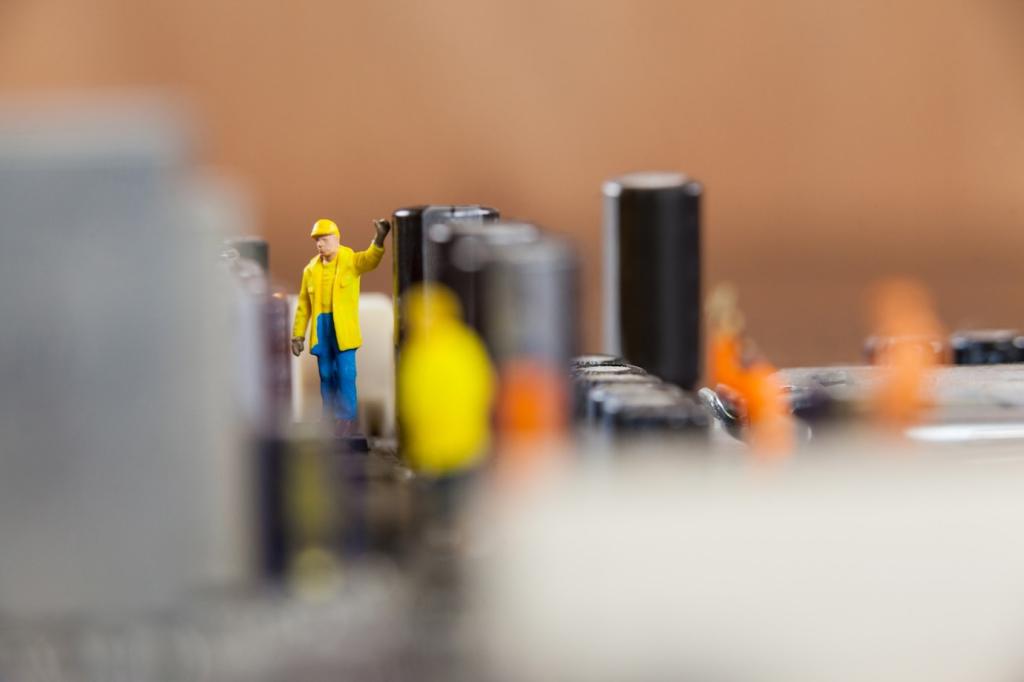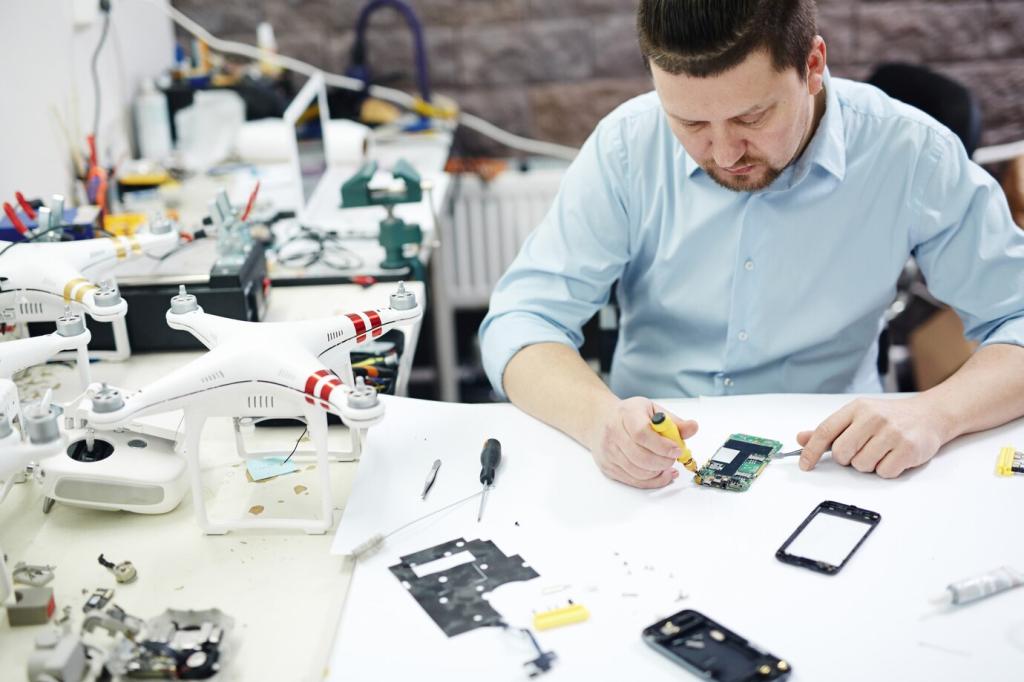Project 3: Light-Activated Night Lamp
An LDR forms a voltage divider that the Arduino reads as an analog value. Take baseline readings in daylight and darkness, then pick thresholds thoughtfully. Our manuals gently introduce smoothing filters so your lamp avoids flicker. Share your baseline numbers to compare environments and tuning choices.
Project 3: Light-Activated Night Lamp
If your LED strip draws more current, drive it with a transistor or MOSFET, not directly from the pin. Include a resistor on the gate or base and a common ground. We diagram everything clearly. Ask for part recommendations; we maintain a starter-friendly, affordable component list.
Project 3: Light-Activated Night Lamp
Use analogRead to sense light, map the value to PWM, and add hysteresis to avoid rapid changes. Test slowly by covering the sensor with paper. Save your final threshold in a constant. Tell us how you tuned it, and subscribe for seasonal light patterns in future manuals.


